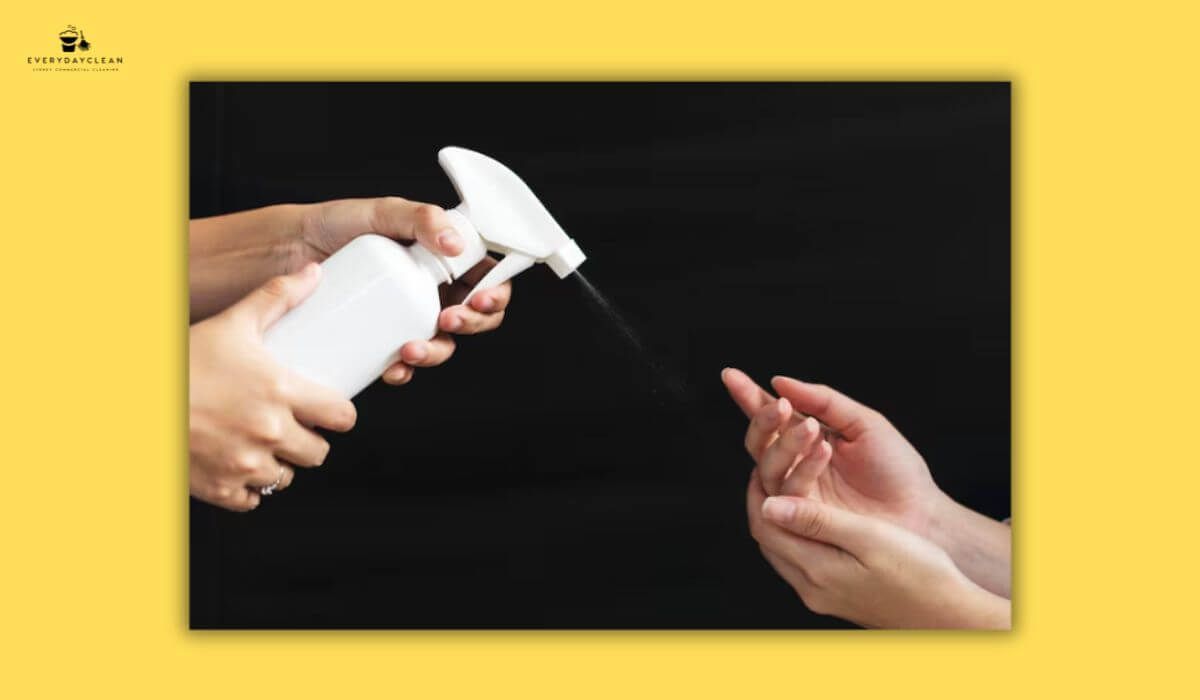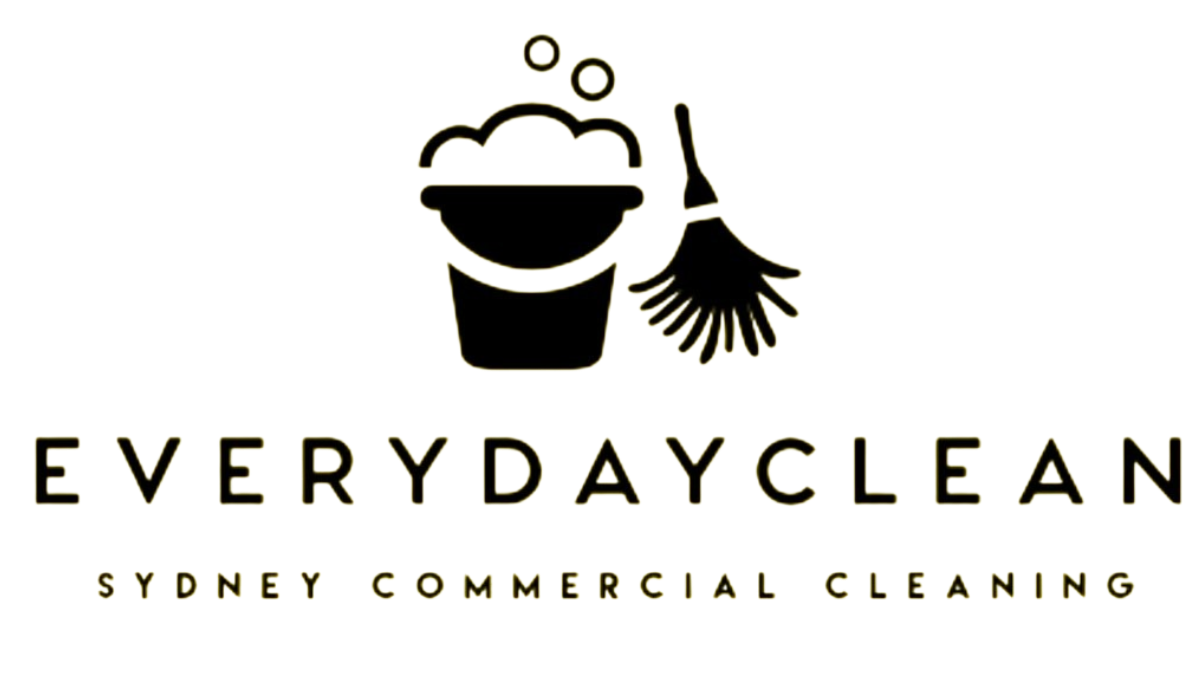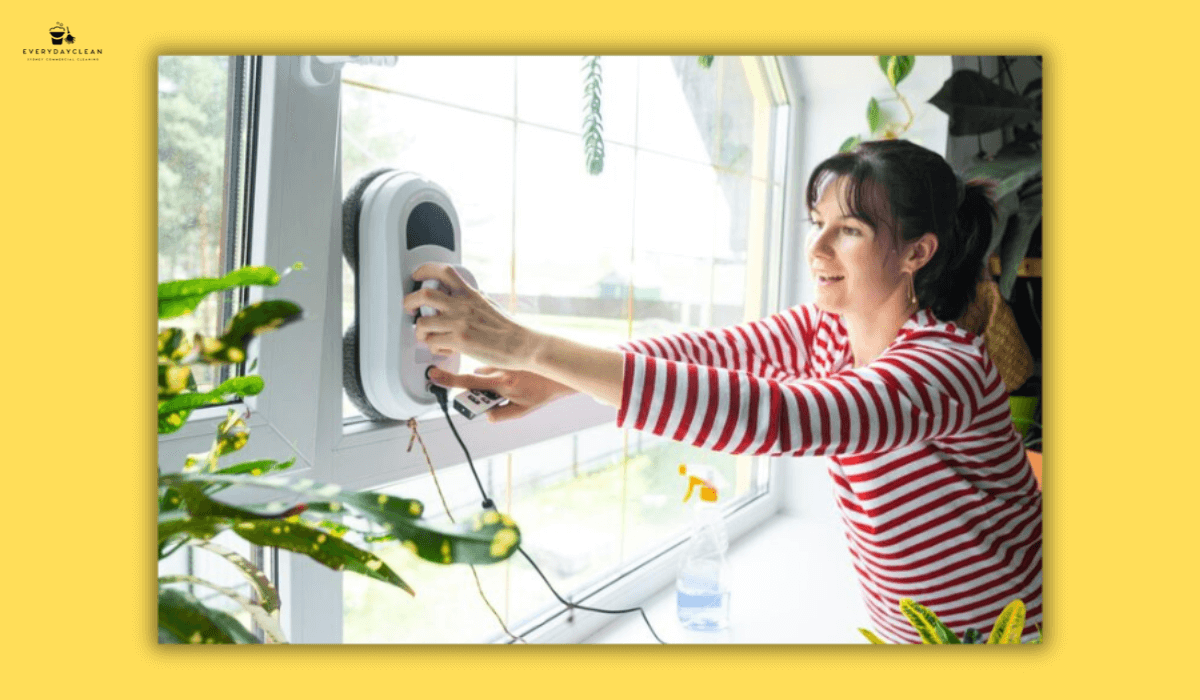Disinfect High-Touch Surfaces: Commercial Cleaning Guide
To disinfect high-touch surfaces effectively, cleaning staff must follow a systematic, well-timed approach using the correct products, tools, and contact times.
These surfaces—including door handles, lift buttons, light switches, and workstations—accumulate pathogens quickly due to frequent hand contact.
Improper disinfection increases the risk of cross-contamination, especially in commercial settings such as offices, gyms, schools, and retail stores.
This guide outlines how to clean high-touch points properly, what products to use, how often to clean them, and how to avoid the most common cleaning mistakes.
What Are High-Touch Surfaces?
High-touch surfaces are objects or areas that people frequently come into contact with using their hands throughout the day.
These surfaces collect oils, skin cells, and microorganisms—making them prime zones for germ transfer.
In commercial or high-traffic environments, typical high-touch surfaces include:
- Door handles and push plates
- Elevator buttons and light switches
- Handrails, bannisters, and grab bars
- Shared desks, phones, and keyboards
- Reception counters and customer service areas
- Shared bathroom fixtures (taps, flush buttons, soap dispensers)
- Point-of-sale (POS) machines and EFTPOS terminals
- Gym equipment grips and machine touch panels
Effective cleaning protocols should prioritize these contact points, particularly during flu seasons, outbreaks, or in venues with constant visitor turnover.
How to Disinfect High-Touch Surfaces Effectively
Disinfecting high-touch surfaces involves a multi-step process. Skipping any part—particularly the cleaning stage before disinfection—can compromise results.
Step 1: Clean First to Remove Dirt and Debris
Start by removing visible dirt, dust, grease, or organic matter using a general-purpose detergent or soap and water. This step is critical because disinfectants cannot work effectively if the surface is soiled.
Step 2: Apply an Approved Disinfectant
Choose a disinfectant that is suitable for commercial use and compliant with local safety regulations (e.g., TGA-listed or EPA-approved). The disinfectant should be compatible with the surface material and effective against bacteria and viruses.
- For offices: Quaternary ammonium disinfectants are commonly used.
- For gyms: Alcohol-based sprays work well on non-porous surfaces.
- For electronics: Use alcohol wipes with 70% isopropyl alcohol to prevent moisture damage.
Step 3: Allow for Proper Dwell Time
After applying the disinfectant, let it sit on the surface for the duration recommended on the label—known as dwell time. This is usually between 1–10 minutes, depending on the product.
Do not wipe the product away too soon, or it may not kill pathogens completely.
Step 4: Wipe With a Clean Cloth (If Needed)
Some disinfectants require wiping off excess residue after the contact time has elapsed, especially if used on food contact surfaces or electronics.
Use clean, dry microfiber cloths and rotate frequently to avoid recontamination.

Common Mistakes to Avoid When Disinfecting High-Touch Surfaces
Even experienced cleaners can make small errors that reduce the effectiveness of disinfection. Here are common pitfalls to watch out for:
- Skipping the pre-cleaning step: Disinfectants must be applied to a clean surface.
- Using expired or diluted disinfectants: Always check the use-by date and never over-dilute concentrated formulas.
- Rushing the dwell time: Wiping off disinfectant too early can leave behind active pathogens.
- Reusing contaminated cloths: Cross-contamination is common when cloths or wipes are not replaced regularly.
- Neglecting soft or porous high-touch points: Upholstered surfaces, fabric dividers, or gym pads require different methods (such as steam cleaning or specialised sprays).
How Often Should High-Touch Surfaces Be Disinfectant?
The frequency of disinfection depends on the setting, level of traffic, and type of surface. Below is a general guideline for commercial properties:
| Environment | Frequency |
|---|---|
| Offices | Twice daily or after each shift |
| Gyms & fitness centers | After each use of the equipment |
| Retail stores | Every 2–4 hours for counters and EFTPOS |
| Public restrooms | Every 1–2 hours during opening hours |
| Schools and daycares | Hourly for shared toys and desks |
| Hospitality venues | After guest check-out or table turnover |
Always tailor the schedule to actual usage patterns and local compliance requirements.

Choosing the Right Products for High-Touch Surface Disinfection
Before using any disinfectant, ensure it is safe, effective, and appropriate for the surface type. Here’s a transition into key disinfectant types and how they compare.
Types of Commercial Disinfectants
- Alcohol-based sprays (ethanol, isopropyl): Fast drying, ideal for electronics and non-porous areas.
- Quaternary ammonium compounds: Widely used in hospitals and offices, effective against a broad range of pathogens.
- Hydrogen peroxide-based: Eco-friendlier alternative, good for general use.
- Chlorine bleach: Highly effective but corrosive; best reserved for sanitizing toilets and bathrooms.
Disinfectant Format Comparison
Before choosing between sprays, wipes, or liquids, consider the cleaning goals and operational convenience:
| Format | Best For | Pros | Cons |
|---|---|---|---|
| Spray + Cloth | General surfaces and electronics | Covers wide areas, versatile | May require wiping |
| Wipes | On-the-go cleaning, touchpoints | Portable, pre-measured dose | Generates more waste |
| Liquid + Mop | Floors, large surfaces | Suitable for deep cleaning | Requires careful dilution |
Safe Disinfection of Sensitive Surfaces
Some high-touch areas require tailored care to prevent damage:
- Electronics (keyboards, tablets, EFTPOS terminals): Use alcohol-based wipes and avoid saturation.
- Upholstered surfaces (gym pads, chairs): Use approved fabric disinfectants or steam-based tools.
- Wood finishes: Avoid harsh chemicals; test disinfectants on a small area first.
Training cleaning teams on how to handle surface-specific disinfection helps prevent deterioration of assets while maintaining hygiene standards.

FAQs About Disinfecting High-Touch Surfaces
Before diving into common questions, it’s important to note that public interest around this topic spans from daily cleaning habits to specialized product knowledge.
The FAQs below address real user intent and current search trends.
What are common examples of high-touch surfaces in a home or workplace?
In homes, high-touch surfaces include fridge handles, remote controls, light switches, and faucet taps. In workplaces, the list expands to shared desks, keyboards, phones, lift buttons, reception counters, and EFTPOS machines. Identifying these surfaces is the first step in creating an effective disinfection plan.
What’s the most effective way to clean frequently touched areas?
The best method combines pre-cleaning with detergent, followed by application of an approved disinfectant. Dwell time must be respected for full pathogen elimination. Finish by wiping with a fresh microfiber cloth or allowing the surface to air dry. For electronics, use 70% isopropyl alcohol wipes.
Are disinfectant wipes as effective as sprays?
Wipes are convenient for fast disinfection, especially on the go. However, sprays with microfiber cloths can offer better coverage and penetration on textured surfaces. Both methods are effective if the disinfectant formula meets standards and sufficient contact time is allowed.
How long do germs survive on high-touch surfaces?
Cold and flu viruses can survive from a few hours up to several days, depending on the material. Non-porous surfaces like stainless steel and plastic often retain viruses longer than porous materials. This variability reinforces the need for frequent, scheduled disinfection.
Are there eco-friendly alternatives for disinfecting high-touch surfaces?
Yes. Hydrogen peroxide, citric acid, and ethanol-based disinfectants offer low-toxicity solutions. Microfibre cloths, steam cleaners, and natural sprays (like vinegar-based formulas) also provide greener alternatives, particularly for households or eco-conscious businesses. You can explore more structured approaches in our guide on sustainable cleaning methods for commercial environments.
Call Everyday Clean for Professional Disinfection Services
Effective high-touch surface disinfection is essential in today’s hygiene-conscious environment—especially for commercial properties, gyms, offices, and schools in Sydney. Everyday Clean provides expert commercial disinfection services using industry-compliant, eco-safe products and proven cleaning protocols. Whether it’s regular cleaning or post-incident sanitation, trust a professional team to ensure every touchpoint is hygienically maintained.
Author: Everyday Clean Content Team
Everyday Clean is Sydney’s trusted provider of commercial cleaning solutions, including pools, gyms, offices, and strata properties. Our licensed professionals use advanced, eco-friendly equipment to deliver safe, compliant, and spotless results. With deep experience across Sydney’s hospitality, fitness, and residential sectors, we help facilities maintain inviting, healthy environments that guests trust.



